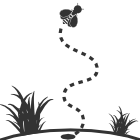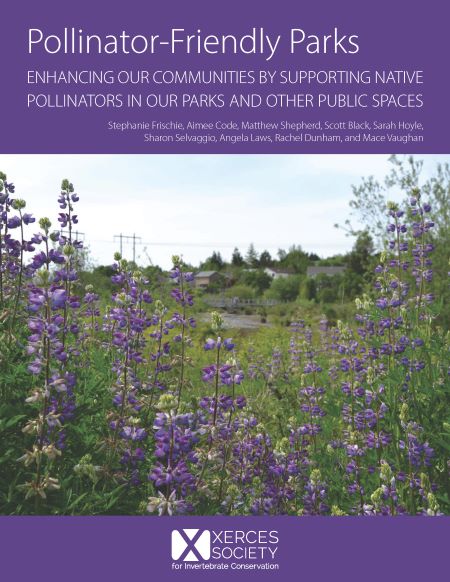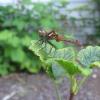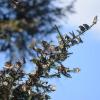Food in the form of abundant flowering plants that provide access to pollen and nectar throughout the growing season
Access to shelter and nesting sites including host plants for butterflies, pithy-stems and dead wood for cavity-nesting bees, and bare earth for ground-nesting bees
Protection from pesticides which kill non-target insects and degrade habitat by removing or contaminating flowering plants
Advocates who are willing to make changes in their own landscape, but also teach others and spread the word to encourage pollinator- friendly practices in their community.
Create, Restore, and Manage Habitat
From expansive meadows to backyard butterfly gardens and everywhere in between - every landscape can be optimized to support pollinators.
Provide Access to Nesting Sites
Like us, pollinators need a place to call home. Nesting resources can take many forms - from natural to man-made.
Managing Pests While Protecting Pollinators
Whether conventional or organic, all pesticides can pose a risk to pollinators if not used properly. Learn about the risks pesticides pose to pollinators, what measures can be used to reduce harm, and the many alternatives available to foster alternative methods of pest control.
Pick the Right Plants
We’ve prepared research-based, regionally appropriate plant lists and guides to help you pick the very best plants for pollinators.
Bee-Safe Nursery Plants
Creating a welcoming home for pollinators is reason enough to choose plants free from harmful pesticide residues. But how do you figure out if the plant you want is safe?
Become a Bee City or Bee Campus
Bee City USA is now an initiative of the Xerces Society. Join a growing number of communities and campuses who have made a commitment to pollinator conservation.














